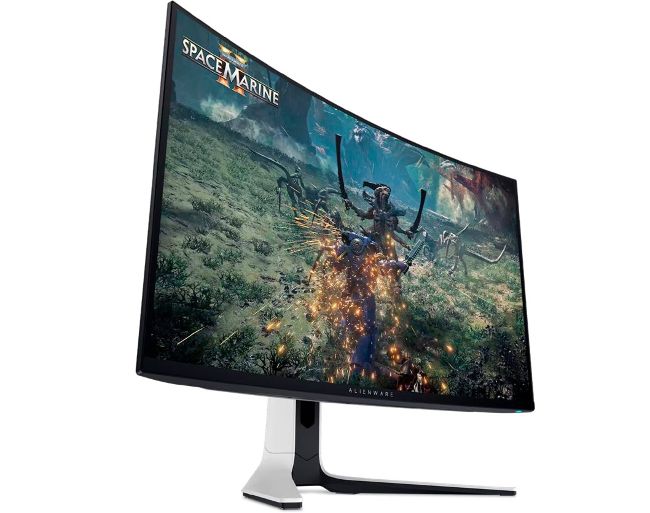OLED isn’t all upside
The new monitors are complicated
LAB NOTES
JEREMY LAIRD, CONTRIBUTOR

Accompanied by the awesome image quality are some early adopter niggles.
FOR WHAT SEEMED like forever, I waited for the first high-refresh 32-inch 4K OLED monitors to arrive. Well, now they have, and I’ve spent quality time with a couple of them, namely the Alienware 32 AW3225QF and Asus ROG Swift OLED PG32UCDM.
They both use Samsung’s new 32-inch QD-OLED panel, albeit Alienware has gone with the curved option and the Asus is flat. LG’s competing 32-inch 4K OLED tech is also incoming, but monitors using it haven’t gone on sale yet. Anyway, after several weeks with both models, I’ve acquired some learnings, most notably that life is pretty sweet with a high-DPI OLED monitor, but it’s also complicated as well.
It’s sweet, because OLED with decent pixel density and good full-screen brightness is what I’ve been waiting for. I particularly liked the Alienware. It feels a bit punchier in HDR mode, and for once I appreciated the panel curve. I normally find it superfluous on 16:9 ratio, as opposed to an ultrawide monitor, where it benefits.
Whatever, the combination of OLED sizzle and speed plus 4K sharpness is to die for. However, there are some aspects that remind you that you’re an early adopter. Both monitors come with three years of OLED burn-in cover, but you don’t have to worry about burn-in with a traditional LCD monitor, or whether you should have ‘Pixel Refresh’ or ‘Panel Refresh’ enabled in the OSD menu for the best protection.